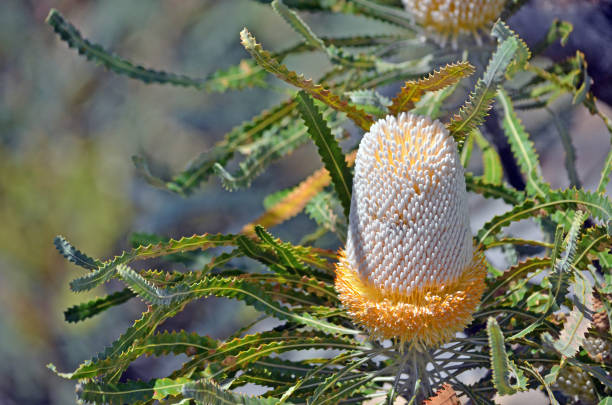
Banksia Prionotes.
Banksia prionotes was first described in 1840 by English botanist John Lindley, probably from material collected by James Drummond the previous year. There are no recognised varieties, although it has been known to hybridise with Banksia hookeriana. Widely distributed in south-west Western Australia, B. prionotes is found from Shark Bay (25° S) in the north, south as far as Kojonup (33°50′S). It grows exclusively in sandy soils, and is usually the dominant plant in scrubland or low woodland. Pollinated by birds, it provides food for a wide array of vertebrate and invertebrate animals in the autumn and winter months. It is an important source of food for honeyeaters (Meliphagidae), and is critical to their survival in the Avon Wheatbelt region, where it is the only nectar-producing plant in flower at some times of the year.
Advertisements
11 February 2023
Advertisements



